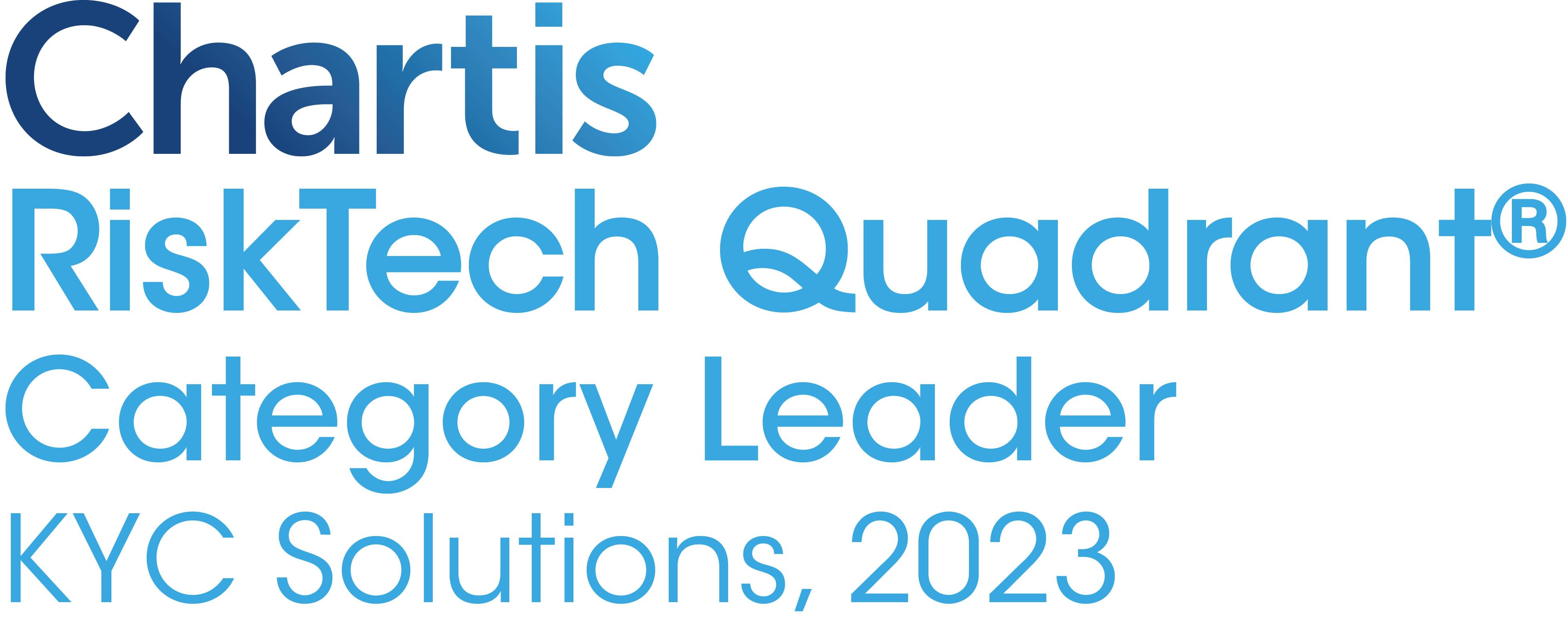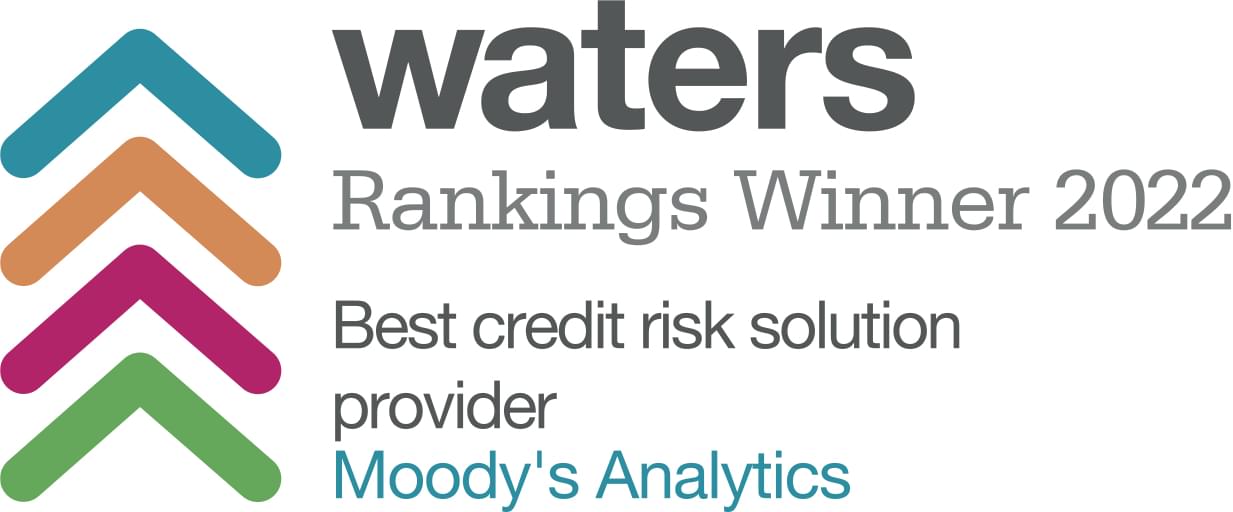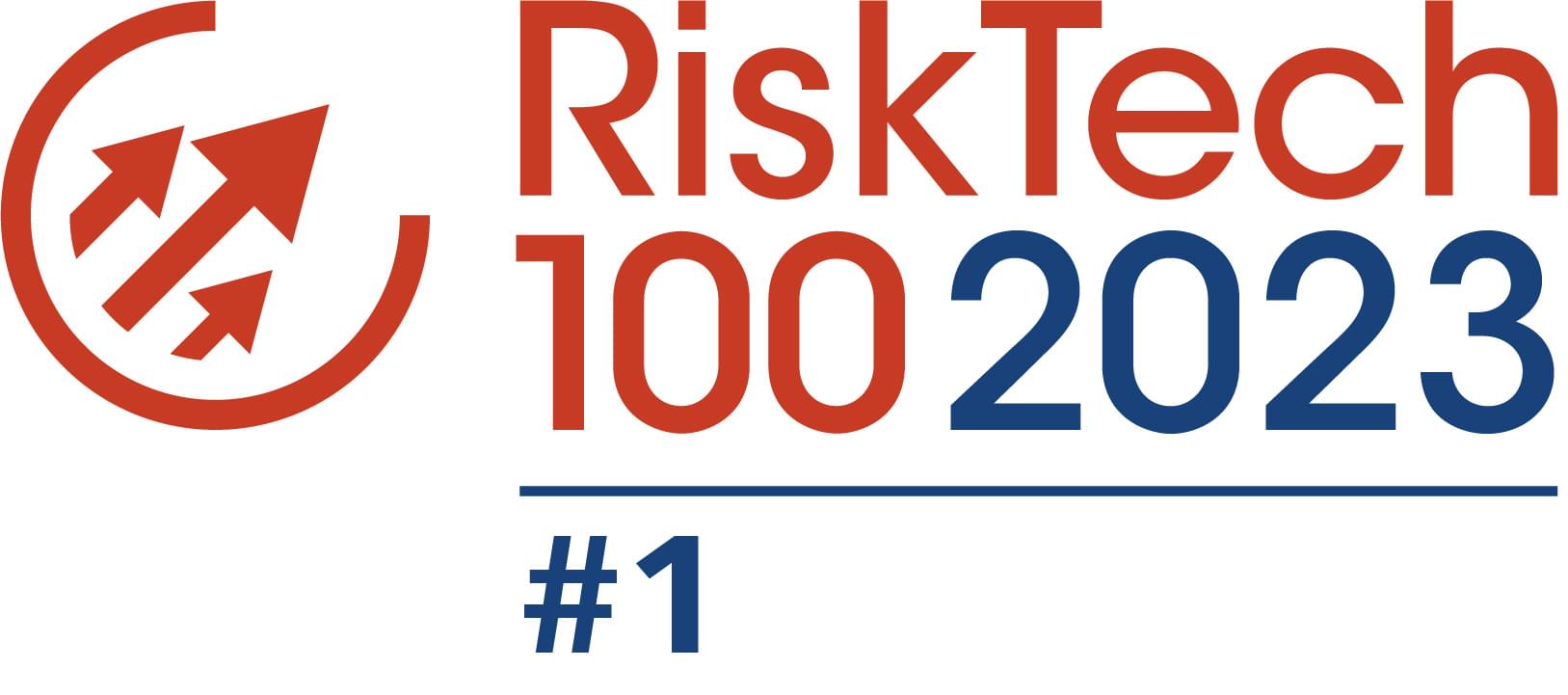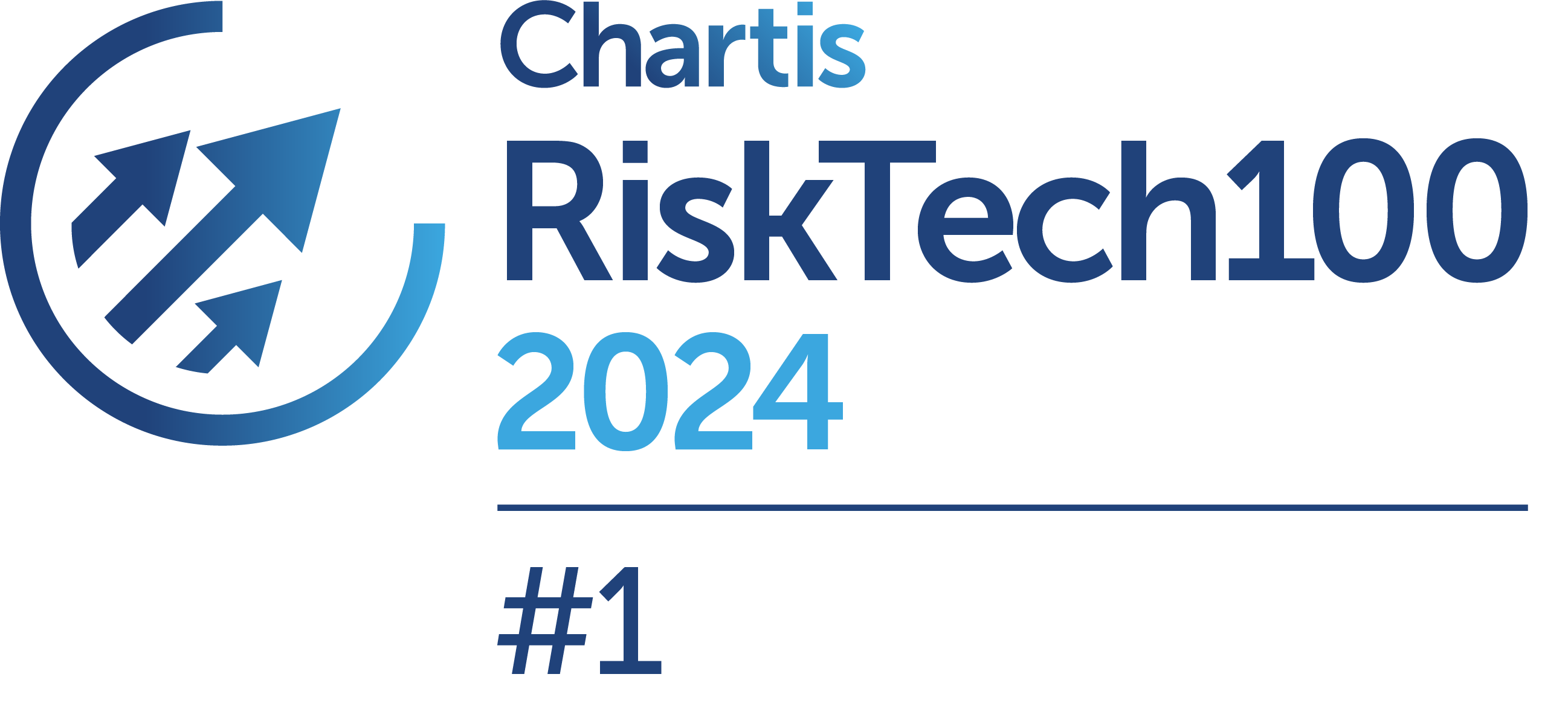FDIC Reports Analyze Growth of Nonbank Lending in US
FDIC published the three reports analyzing the growth of nonbank lending in the United States. The analyses suggest the shift in some lending from banks to nonbanks over the years; examine how corporate borrowing has moved between banks and capital markets; and focus on the migration of some home mortgage origination and servicing from banks to nonbanks. These reports have been featured in the FDIC Quarterly 2019 (Volume 13, Number 4).
Bank and Non-bank Lending Over the Past 70 Years
Since the 1970s, the share of bank loans fell as non-banks gained market share in residential mortgage and corporate lending, the report concludes. In other business lines, shifts in loan holdings from banks to non-banks was less pronounced as banks and non-banks continue to play important roles in lending for commercial real estate, agricultural loans, and consumer credit. Banks have regained market share of commercial real estate mortgages after a decline during the financial crisis, with the bank share of commercial mortgages being relatively steady at about 50% to 55% since the mid-1970s. In second quarter 2019, banks held 59% of commercial mortgages. In contrast, the bank share of multifamily residential mortgages decreased substantially between 1990 and 2012 and has modestly recovered since. The report highlights that the primary cause of the shift in loan origination from banks to non-banks is securitization. If less-regulated financial institutions play a larger role in lending, the shift may alter underwriting standards when loan demand increases. FDIC is also expected to publish a series of articles that look closely at the factors driving these trends and the related risks of residential mortgages and corporate debt and leveraged lending.
Leveraged Lending and Corporate Borrowing
The analysis examines the shift in corporate borrowing to capital markets over the past several decades. It also details the ways corporate debt has grown, the resulting risks this shift poses to banks since the 2008 financial crisis, and what factors could mitigate those risks. The report also discusses corporate bonds, including the role of banks in these markets and developing risks. It also details the macroeconomic risks banks face from corporate debt as well as potential risk-mitigating factors. The report finds that the shift from bank financing to capital market financing through bonds and leveraged loans could have implications for banking system stability. The shift may reduce banking risk, because when corporations rely less on direct bank loans, direct bank exposure to corporate borrower credit risk is reduced. However, banks are still vulnerable to corporate debt distress during an economic downturn in several ways:
- Higher corporate leverage built up through capital markets could reduce the ability of corporate borrowers to pay bank and nonbank debt in times of distress.
- Banks lend to nonbank financial firms that in turn lend to corporations, so if corporations default on loans from nonbank financial firms, then nonbank financial firms may default on loans from banks.
- In a downturn, bond issuances and leveraged loan syndications could decline, and any income that a bank had been earning from organizing bond issuances and leveraged loan syndications would be likely to decline.
- The migration of lending activity away from the regulated banking sector has increased competition for loans and facilitated looser underwriting standards and risky lending practices that could expose the financial system to new risks.
- Any macroeconomic effects of corporate debt distress could affect the ability of small businesses, which borrow more heavily from banks, to service their debt.
Trends in Mortgage Origination and Servicing
The report highlights that, post the 2007 financial crisis, mortgage market changed notably, with a substantive share of mortgage origination and servicing and some of the risk associated with these activities migrating outside of the banking system. Some risk remains with banks or could be transmitted to banks through other channels, including bank lending to non-bank mortgage lenders and servicers. Changing mortgage market dynamics and new risks and uncertainties warrant investigation of potential implications for systemic risk.
The characteristics of non-banks that have, in part, enabled them to gain a competitive edge in mortgage origination and servicing include continued reliance on short-term credit, a focus in conventional conforming and government (Federal Housing Administration or FHA in particular) loan origination, origination of loans exhibiting incrementally eased underwriting standards, application of technological innovation to improve efficiency and origination profits, and less comprehensive regulatory oversight relative to banks. Many nonbank characteristics subject these entities to several risks and the new competitive pressures facilitated by nonbanks have increased several risks in the financial system. These risks include the following:
- Liquidity and funding risks of the nonbank structure
- Interest rate risk inherent in refinancing-focused lending
- Risk of reduced availability of FHA-insured and other government loans in the case of widespread nonbank failures
- Moderate growth in credit risk caused by heightened competition in the market, driving incremental easing in historically tight credit standards
- Cyber-security and other risks related to increased reliance on technology
- Risks posed by the less stringent and more fragmented regulation of nonbanks relative to banks
Related Links
- Press Release
- Report on Bank and Nonbank Lending (PDF)
- Report on Leveraged Lending (PDF)
- Report on Mortgage Origination and Servicing (PDF)
- FDIC Quarterly
Keywords: Americas, US, Banking, Securities, Insurance, Leveraged Lending, Credit Risk, Securitization, Mortgage Lending, Mortgage Origination, FDIC Quarterly, Commercial Real Estate, FDIC
Featured Experts

María Cañamero
Skilled market researcher; growth strategist; successful go-to-market campaign developer

Nicolas Degruson
Works with financial institutions, regulatory experts, business analysts, product managers, and software engineers to drive regulatory solutions across the globe.

Patrycja Oleksza
Applies proficiency and knowledge to regulatory capital and reporting analysis and coordinates business and product strategies in the banking technology area
Related Articles
BIS and Central Banks Experiment with GenAI to Assess Climate Risks
A recent report from the Bank for International Settlements (BIS) Innovation Hub details Project Gaia, a collaboration between the BIS Innovation Hub Eurosystem Center and certain central banks in Europe
Nearly 25% G-SIBs Commit to Adopting TNFD Nature-Related Disclosures
Nature-related risks are increasing in severity and frequency, affecting businesses, capital providers, financial systems, and economies.
Singapore to Mandate Climate Disclosures from FY2025
Singapore recently took a significant step toward turning climate ambition into action, with the introduction of mandatory climate-related disclosures for listed and large non-listed companies
SEC Finalizes Climate-Related Disclosures Rule
The U.S. Securities and Exchange Commission (SEC) has finalized the long-awaited rule that mandates climate-related disclosures for domestic and foreign publicly listed companies in the U.S.
EBA Proposes Standards Related to Standardized Credit Risk Approach
The European Banking Authority (EBA) has been taking significant steps toward implementing the Basel III framework and strengthening the regulatory framework for credit institutions in the EU
US Regulators Release Stress Test Scenarios for Banks
The U.S. regulators recently released baseline and severely adverse scenarios, along with other details, for stress testing the banks in 2024. The relevant U.S. banking regulators are the Federal Reserve Bank (FED), the Federal Deposit Insurance Corporation (FDIC), and the Office of the Comptroller of the Currency (OCC).
Asian Governments Aim for Interoperability in AI Governance Frameworks
The regulatory landscape for artificial intelligence (AI), including the generative kind, is evolving rapidly, with governments and regulators aiming to address the challenges and opportunities presented by this transformative technology.
EBA Proposes Operational Risk Standards Under Final Basel III Package
The European Union (EU) has been working on the final elements of Basel III standards, with endorsement of the Banking Package and the publication of the European Banking Authority (EBA) roadmap on Basel III implementation in December 2023.
EFRAG Proposes XBRL Taxonomy and Standard for Listed SMEs Under ESRS
The European Financial Reporting Advisory Group (EFRAG), which plays a crucial role in shaping corporate reporting standards in European Union (EU), is seeking comments, until May 21, 2024, on the Exposure Draft ESRS for listed SMEs.
ECB to Expand Climate Change Work in 2024-2025
Banking regulators worldwide are increasingly focusing on addressing, monitoring, and supervising the institutions' exposure to climate and environmental risks.





